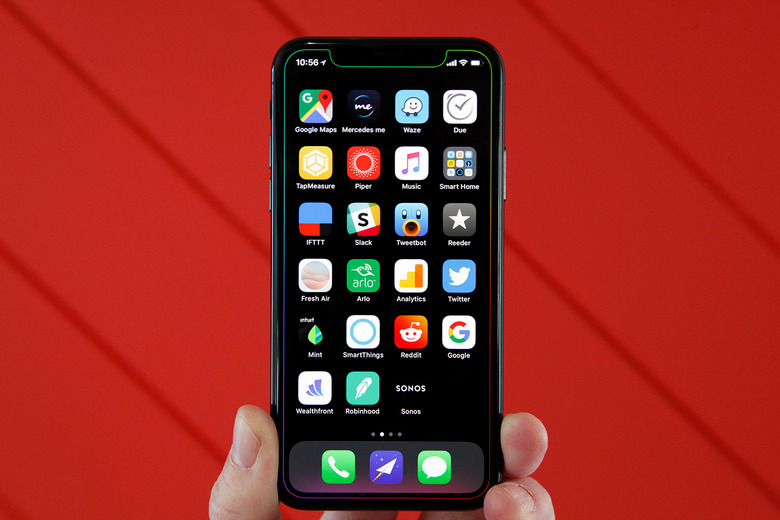The 5 Most Iconic iPhone Features That Have Disappeared Over The Years
We may receive a commission on purchases made from links.
If there's one theme that will be prevalent in the smartphone industry in 2019, it's change. After a ridiculously boring year in 2017 and another pretty boring year last year until the last few months of 2018, this year will see the introduction of all sorts of new smartphone form factors and features. "All screen" will finally be more than just BS marketing in 2019, as phone makers introduce innovative new solutions that allow their displays to truly reach all edges of a smartphone. Phones with foldable screens will finally begin to hit the market as well in 2019, after years of rumors and anticipation. Fingerprint sensors are getting embedded beneath phone displays instead of under them or on the backs of phones, camera technology is improving by leaps and bounds, and plenty more notable changes will come to new smartphone models in 2019.
Interestingly, there is one new smartphone line coming in 2019 that's rumored to lack the sort of change customers are looking for: Apple's new iPhone lineup. Rumor has it that the upcoming iPhone 11 series will reuse Apple's iPhone X design for a third consecutive year, marking the second time Apple has chosen to recycle the same old iPhone designs for more than two years. This time around, however, the decision could have a huge impact on sales, unlike the iPhone 7 and 7 Plus, which still sold quite well back in 2016 and 2017. Apple's current-generation iPhone XS, XS Max, and XR are so boring and so expensive that Apple fans are upgrading in much smaller volumes, and Apple's earnings performance is taking a hit as a result.
The iPhone 11, iPhone 11 Max, and iPhone 11R (as they'll presumably be called) are rumored to be pretty minor upgrades this year. They'll supposedly feature smaller notches and better cameras, with a new triple-lens camera supposedly set to debut on the iPhone 11 Max. Other than that, they'll look just like last year's iPhone XS and the iPhone X from two years ago. All this while other companies like Samsung release completely redesigned flagship phones with exciting new displays.
Despite the fact that 2019 is shaping up to be another slow year for Apple in terms of design innovation, there's no denying that the iPhone has changed considerably over the years. In fact, it's more than just a little ironic that any major change that comes to the iPhone sends people into a frenzy, and yet they still complain just as much when new iPhones debut without enough change. In this post, we'll look back on five iconic iPhone features that Apple has changed over the years.
Skeuomorphism
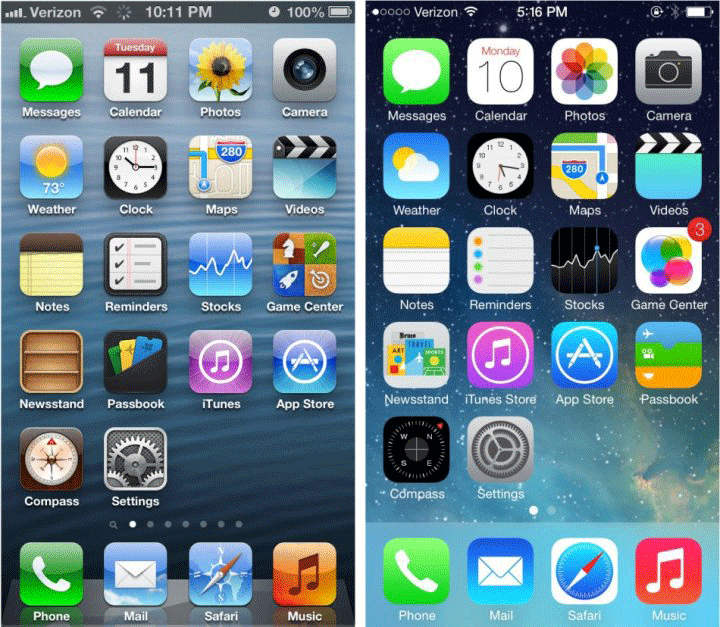
Up until iOS 7 debuted back in 2013, Apple's skeuomorphism-laced iOS user interface was perhaps the most iconic thing about the iPhone. Seen above on the left-hand side, Apple's old user interface was characterized by textures and patterns that mimicked real-life materials such as wood and leather.
When iOS 7 (seen above on the right-hand side) first debuted, Apple fans collectively lost their minds. All of the familiar textures were gone, replaced by a much more minimalistic interface with flat icons and colors that pop. Of course it didn't take long for people to warm up to the new look, and now all the people who whined back then probably can't imagine going back to the dated look of iOS 6 and earlier versions.
Home Button
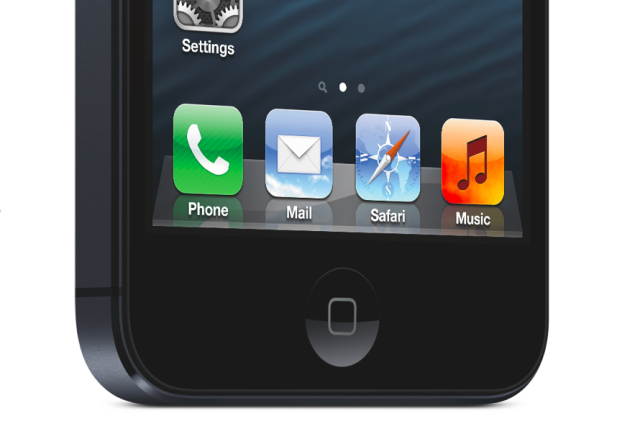
Apple's circular home button was a staple on every iPhone model for the first 10 years of the phone's existence. Then, just like that, Apple took it away.
The home button had changed a bit over the years, but it always remained central to the iPhone user experience. First it was needed for navigation, and then beginning with the iPhone 5s it also become home to Apple's Touch ID fingerprint sensor. In 2017 Apple introduced the iPhone X with a new design that ditched the home button, but people who were reluctant to make the change still had new options in the iPhone 8 and iPhone 8 Plus. Beginning last year, however, every new iPhone model had ditched the home button.
Touch ID

Getting over the loss of the home button would've been much easier for some iPhone users if they were still able to unlock their phones and authenticate payments with Touch ID. But alas, Apple decided to ditch its fingerprint sensors as well.
The iPhone X was the first Apple smartphone since 2012 to lack a fingerprint sensor. In fact, ever since Apple first popularized smartphone fingerprint readers beginning with the iPhone 5s, pretty much every flagship phone on the planet has included a fingerprint sensor. But Apple shifted to facial recognition on the iPhone X, and now it's the only biometric security feature on Apple's entire 2018 iPhone lineup as well as the most recent iPad Pro models.
30-pin Connector
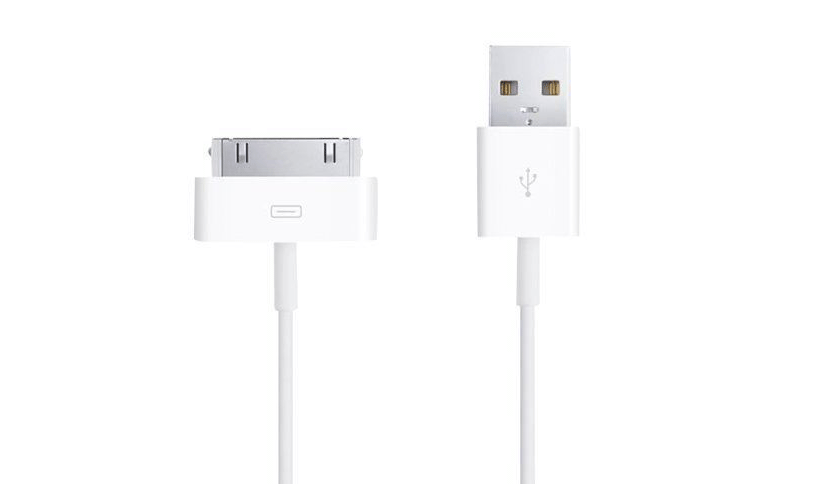
The scars from the loss of the iPhone's home button and Touch ID are still fresh for many people, so it might be a good time to remind everyone that time heals all wounds.
Have you been an iPhone user since at least as far back as 2011? Then you remember that every iPhone model from the original up until the iPhone 4S had Apple's trusty old 30 pin connector, just like iPods. In 2012, Apple ditched the 30 pin connector port in favor of a much smaller Lightning port, and people absolutely lost their minds because they were going to have to buy adapters or new accessories. Of course a few short years later, no one cared about or probably even remembered the 30 pin connector anymore.
Dedicated Headphone Jack
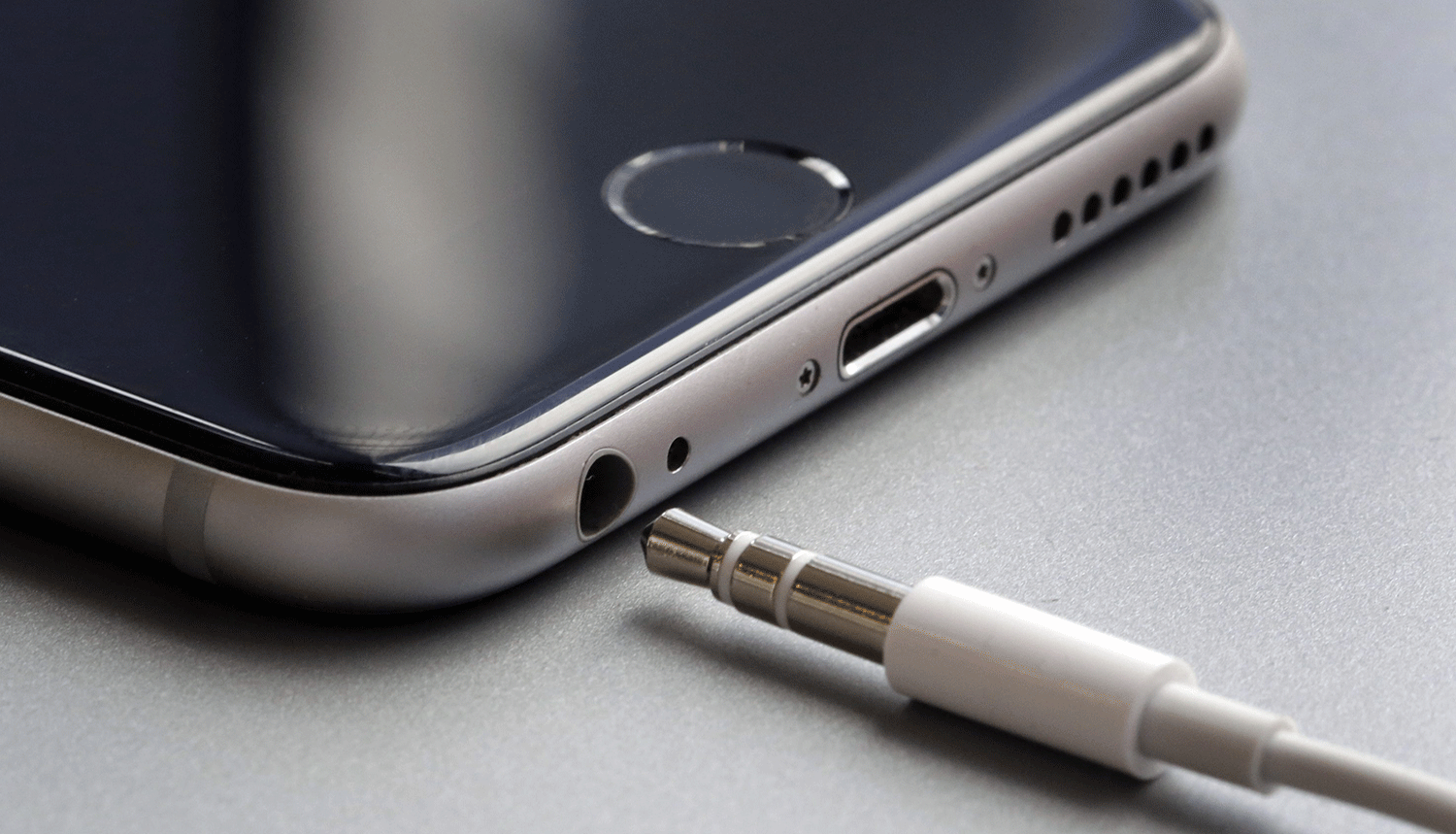
While the uproar over the iPhone's Lightning jack dissipated pretty quickly, many iPhone users still haven't gotten over Apple's decision to ditch the dedicated headphone jack.
If you use Bluetooth headphones, you probably couldn't care less that Apple ditched the headphone jack a few years ago. After all, removing the 3.5mm audio port frees up space inside the iPhone for more important things, like a bigger battery. But many people are still angry that they can't plug in regular old headphones without using an adapter. Even then, they can't also connect a wired charger without buying a separate third-party splitter like this one, which has a Lightning port and a 3.5mm audio port on a single dongle.
